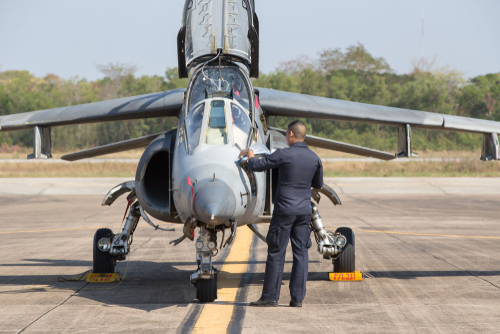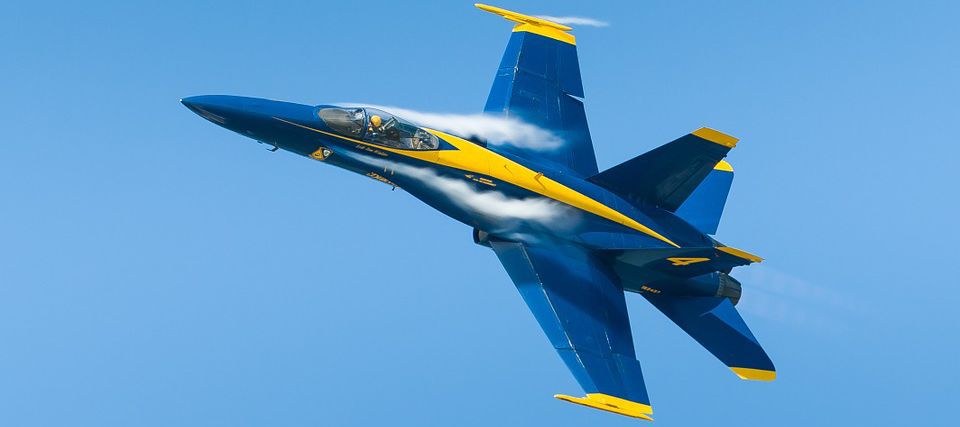Patrouille de France
If you think of French air displays and the grand sight of the French Tricolour streaming across the sky in smoke, you are sure to be thinking of Patrouille de France.
Patrouille de France are one of France’s leading demonstration teams and are based at 701 airbases in Salon de Provence.
The team has been performing aerial displays since 1953 and are still a massive draw for crowds. A day spent with Patrouille de France is a massive honor for any aviation fan and one that is sure to bring many surprises.
The pride of Patrouille de France is the fleet of alpha jets.
There are two striking things about a day at the Patrouille de France training ground: the first is the chance to meet these incredible pilots, the second is the chance to get close to those planes.
They may look small and simple when they are flying overhead, but a close look shows the power of these alpha jets. The Dassault/Dornier alpha jet has been the aircraft of choice for the Patrouille de France since 1981, and a massive part of French aviation since the 1960s.
Prior to this, the team used four F-84 fighter jets and later nine V-tailed Fouga Magister jets. The sleek shape of this two-man craft means that it is perfect for all the aerial maneuvers that the team is famed for and, despite their age, they look as good as new with their perfect frames and paint jobs. It is a credit to the work of the maintenance team at Salon de Provence.
It is easy to think that all the training happens in the air, but so much of the magic actually happens on the ground.
There is clearly so much more to flying in the Patrouille de France than actually being up in those alpha jets and performing those stunts.
These skilled pilots need to be able to work as a team, a well-oiled machine that is aware of every motion, variable and procedure. It starts with the checks, the basic assurance that all involved are aware of the weather conditions, safety precautions, and frequencies.
Then comes the dry run, as it were. Before the hands of the pilots touch the controls of the aircraft and take to the skies, they go through a dress rehearsal on the ground.
It is visualization exercise with every control and execution played out together to ensure that everyone is on the same page. They cover everything from the different radio calls to the solo passes and smoke released with perfect timing.
With the plan clear in the minds of the pilots, they head out to rehearse in the air
From there, there is nothing else to do but allow the pilots to climb aboard those beautiful alpha jets and put all the talk and theory into action.
This is the part that the public doesn’t get to see. For us, the show starts when the alpha jets roar into view on the horizon and they immediately start their tricks and loops. For them, there are still the formalities of taxiing and take-off to deal with.
As with all their efforts, the pilots go through the motions with ease and meticulous precision so that the planes depart four abreast from the runway.
They take off and run through their plans, making the different patterns and maneuvers and testing out the effect of the smoke streams. The red, white and blue that is used by teams across the globe and will forever be associated with the Tricolor.
The job is not over when the wheels hit the tarmac
After all the sights, sounds and smells that make up the sensory experience that is a day spent with Patrouille de France, it is easy to feel as though you have had a once in a lifetime experience.
For visitors and spectators, this could well be true as there is little else like the feeling of watching the test runs head out from the runway or seeing those symbolic trails of smoke from beside the hanger.
For the pilots that get to fly in those extraordinary alpha jets, however, this is all just part of a day’s work. They will meet up, talk through their plans, test out their maneuvers, land and do it all again the following day. We all get to see it in its full glory at the air shows, but for them, it is a daily job.



